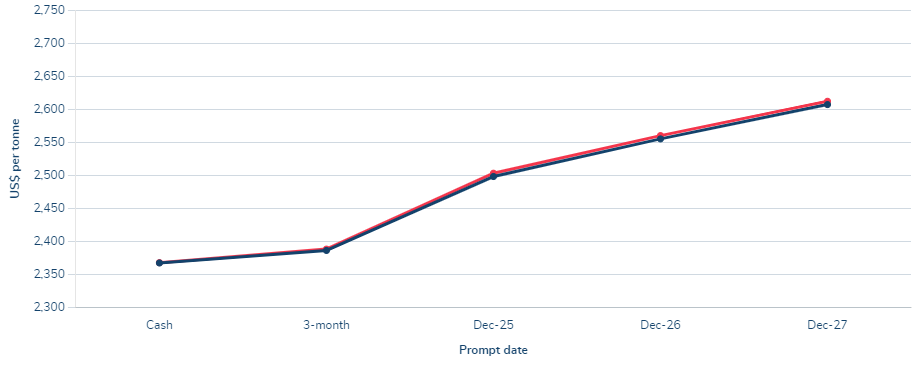Views: 5 Author: Site Editor Publish Time: 2024-09-02 Origin: Site

On September 2, LME three-month aluminum prices briefly fell to $2,411 per ton, the lowest level since August 19. Although there was a rebound, the close was still down by 1.21% at $2,415. This price movement is influenced by China's manufacturing Purchasing Managers' Index (PMI) falling further into contraction. As the world's largest aluminum consumer, China's manufacturing slowdown directly reduces demand for aluminum and other raw materials, putting downward pressure on international aluminum prices.
In contrast, the tin market displayed a different trend. Spot tin prices have nearly doubled compared to the three-month tin contract, reaching a premium of $290 per ton. This premium is often seen as a signal of tightening supply, indicating a shortage of spot tin while futures supply remains relatively ample. This could be due to a decline in tin mine production, reduced inventories, or a sudden increase in downstream demand. Investors and traders are buying up spot tin to meet current demand, pushing up the spot price. This phenomenon not only reflects the imbalance in the tin market but may also impact other metal markets.
Besides aluminum and tin, prices of other metals like copper, nickel, zinc, and lead also showed varying degrees of fluctuation. LME three-month copper prices fell by 0.5% to $9,187.5 per ton, possibly due to global economic slowdown and weakened manufacturing activity. Nickel prices dropped by 1% to $16,605 per ton, likely impacted by reduced demand for stainless steel and other downstream products. Zinc prices decreased by 2% to $2,834 per ton, while lead prices saw a slight increase of 0.2% to $2,056 per ton. These price changes reflect the shifts in market supply and demand and macroeconomic conditions.
Senruida will keep a close watch on LME and SME metal market aluminum price changes and adjust our coated aluminum coil prices accordingly.